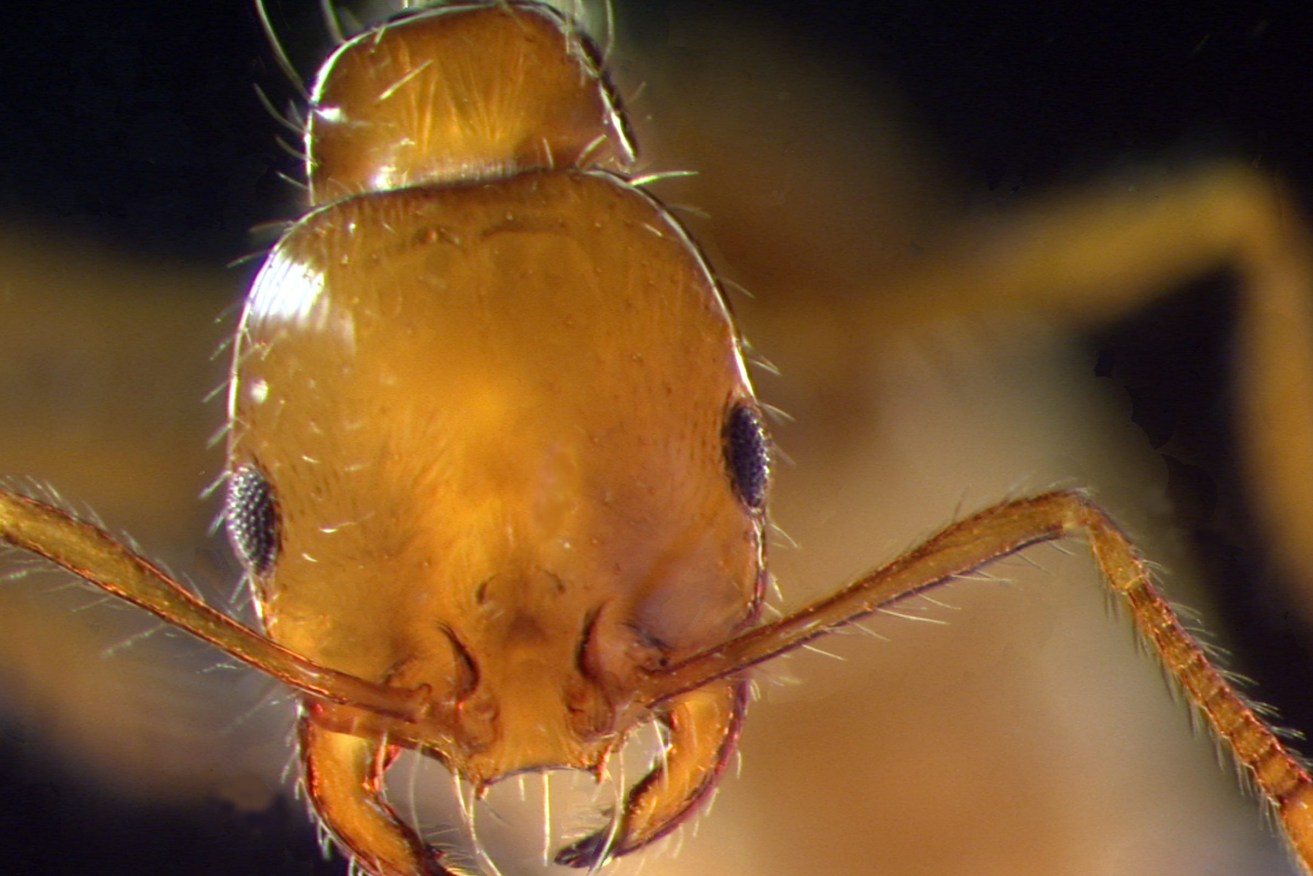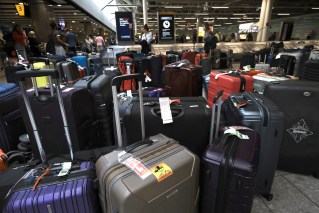Infestation fears as fire ant nests found on Stradbroke
More than 100 fire ant nests have been found on a large sand island off Brisbane, sparking fears World Heritage-listed K’gari could also be at risk without more cash to defeat the invaders.

The fire ant displaces other native ant species and causes destruction to livestock and property resulting in economic and agricultural lose. (AAP Image/BIOTRACK)
The Invasive Species Council has expressed alarm after a spate of new nests were detected on North Stradbroke Island since the start of the year, well beyond the mainland eradication and surveillance zone.
Campaigner Reece Pianta says experts previously thought fire ants would struggle to survive in sandy soils like those on North Stradbroke and K’gari (also known as Fraser Island).
But 100 new nest detections on North Stradbroke in the past three weeks has come as a shock.
They add to about 30 others found since the start of the year and Mr Pianta now fears for the health of that island, half of which is protected as a nature refuge.
“They’ve probably been there for at least a year,” he says.
“Experts didn’t think fire ants could survive very well in that sandy soil but it shows how adaptable they are to new environments. It absolutely means that Fraser Island is at risk of fire ant invasion.”
There’s also a recent nest detection on Macleay Island, which lies between Brisbane and North Stradbroke.
It’s part of an island group that’s very close together, within flying range for queen fire ants looking to set up new colonies.
“It’s a new front, a new challenge for fire ant eradication in Australia,” says Mr Pianta.
He says existing funding to deal with the mainland threat is not even close to what’s needed, without counting the new threat to the islands.
“There definitely needs to be a sweep (of the islands), and generally resources for fire ant eradication need to be increased, particularly around compliance, community education and surveillance.”
Environmental campaigners have been urgently calling for more funding to eradicate the pest, which can can swarm and kill native wildlife, badly sting humans, and affect agricultural production.
The invasive species is continuing to spread in southeast Queensland and is precariously close to NSW’s northern border, with one detection just 5.5km away. Fire ants can fly up to 5km.
Recent nest detections include a dozen at Morayfield, north of Brisbane, where there are currently no eradication measures amid efforts to secure the next major injection of funding – a cost shared by federal, state and territory governments.
“A giant game of chicken is going on between governments over funding eradication, but fire ants aren’t waiting for these political games to play out,” Mr Pianta says.
“They are surging north, south and west from the containment zone, while the Albanese government dithers and delays. It will take at least three or four months for the eradication program to ramp up once funding is committed.”
AAP is seeking comment from the federal, Queensland and NSW governments.












